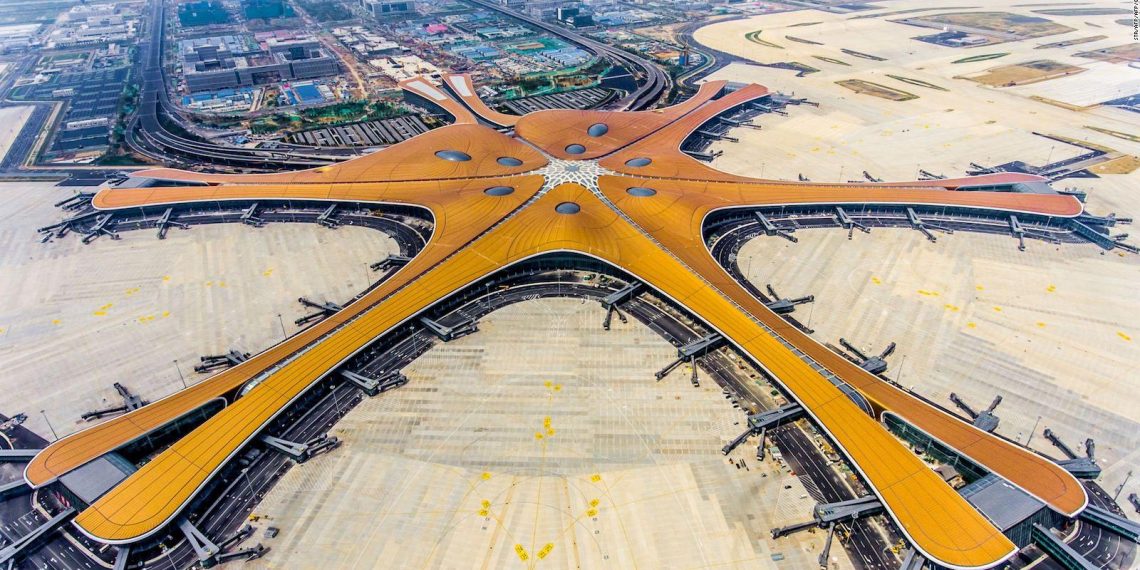Today, we will be looking at the 10 biggest Airports in the world.
Just recently, many people were able to travel again from one country to another after the Covid-19 disease outbreak.
The airports are the most common gateway to get from one country to another, for those who want to travel on air.
Aviation hubs provide the infrastructure for the aircraft, handle immigration issues, cargo and accommodate thousands of travelers every year.
Over the years, constantly growing passenger numbers made many airports overcrowded.
Since it has become difficult to squeeze all the travelers into one building and park all the airplanes into one place, countries started to enlarge their aviation hubs with new terminals and runways.
These are the largest airports that can accommodate thousands of travelers and land hundreds of airplanes daily.
Look at the list of the top 10 biggest airports in 2021, in terms of their area size
Latest mega airports could make it feel like one is walking through an entire city.
Recommended for you Which Country Is The Richest In 2022
1. King Fahd International Airport (DMM) 776 sq km
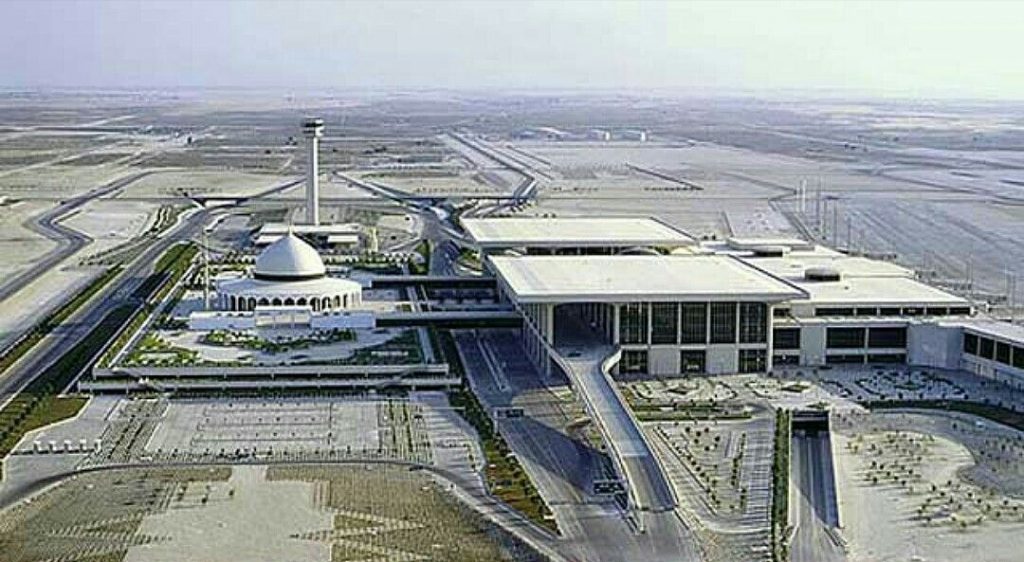
King Fahd International Airport, also known as Dammam Airport, was opened for operations in 1999.
The airport serves as a hub to Saudia, SaudiGulf Airlines, and Flynas.
The airport has three (3) terminal buildings, six (6) Storey main terminal that operates international and domestic flights.
Aramco Terminal serves private airlines operated by Saudi Aramco.
The Royal Terminal serves the royal family of Saudi Arabia, official guests and government officials.
Dammam Airport has two runways.
It is the international airport serving Dammam, Saudi Arabia.
The airport is located 31 kilometers northwest of downtown Dammam and is named after the former King of Saudi Arabia, Fahd ibn Abdulaziz.
Also Read: Top 20 Richest Pastors In The World 2021
2. Denver International Airrport (DEN) 135 sq km
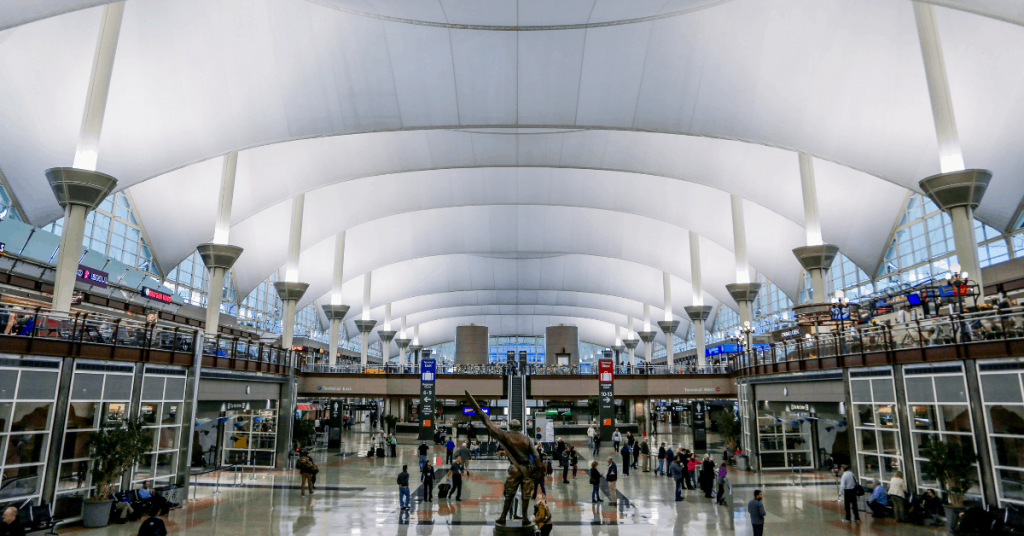
Denver International Airport commenced its operations in 1995.
The airport is a hub for United Airlines and Frontier Airlines, also a base for Southwest Airlines (LUV).
Denver Airport has one terminal, which is connected to three major midfield concourses A, B and C.
The airport has six runways and it is locally known as DIA, Denver International Airport is an international airport in the Western United States, primarily serving metropolitan Denver, Colorado, as well as the greater Front Range Urban Corridor.
3. Dallas/Fort Worth International Airport (DFW) 6.5 sq km
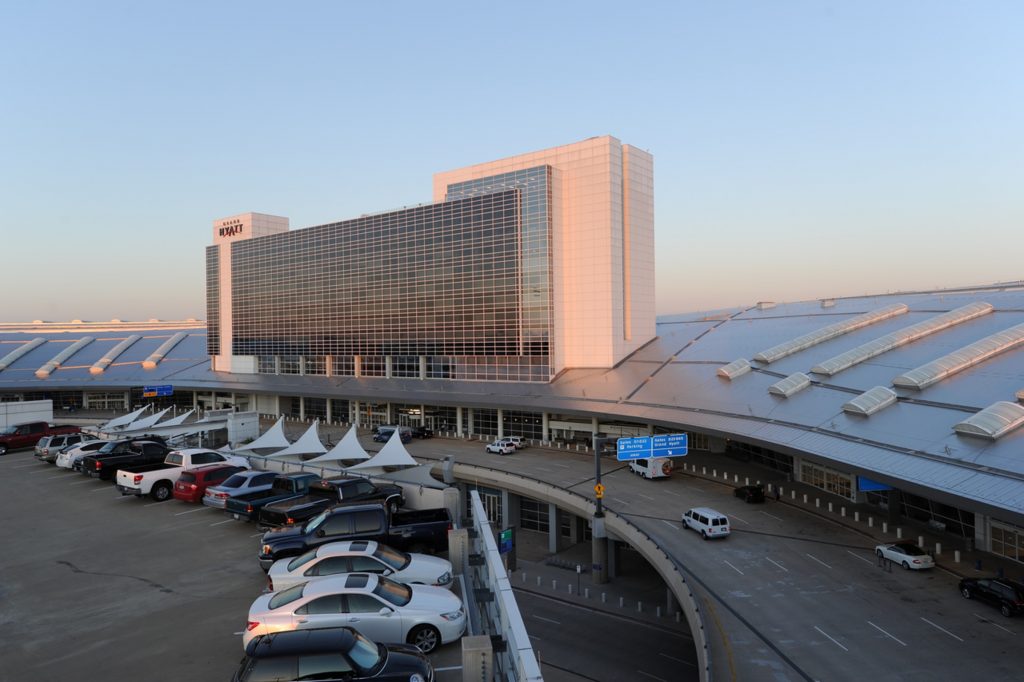
Dallas/Fort Worth International Airport commenced its services in 1974 and has a major aviation hub for American Airlines (A1G) (AAL).
Dallas Airport has five terminals.
Terminal A is fully occupied by American Airlines (A1G) (AAL). The remaining terminals B, C, D, and E serve international and domestic flights.
The airport has a total of seven runways.
DFW Airport is the only airport in the world with four serviceable paved runways longer than 4,000 meters.
It is the primary international airport serving the Dallas Fort Worth metroplex area in the U.S state of Texas and the largest hub for American Airlines, which is headquartered near the airport.
4. Washington Dulles International Airport (MCO) 52.6 sq km
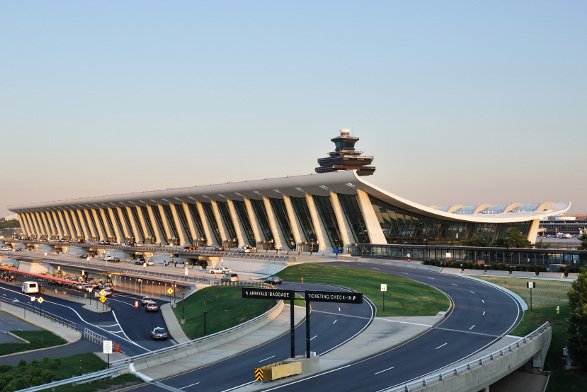
Washington Dulles International Airport, usually known as Dulles International Airport, commenced its service in 1962.
The airport is the first and main hub for United Airlines.
The airport’s terminal complex consists of a main terminal and two midfield terminal buildings which are concourses A/B and C/D.
Dulles Airport has four runways.
Also known as Dulles Airport, Washington Dulles or simply Dulles, it is an international airport in the United States, located in Loudoun County and Fairfax County in Virginia, 26 mile west of Downtown Washington DC.
5. Orlando International Airport (MCO) 50.9 sq km
This airport started its commercial services in 1981, Orlando airport is a major operating base 4 JetBlue (JBLU), Southwest Airlines (SUV), and Spirit Airlines (S64) (SAVE).
Orlando Airport features the main terminal which is divided into two terminals, A and B.
Each is connected to two article terminals, which operate internationally as well as domestic flights.
The airport has four runways.
It is a major public airport located 6 miles southeast of Downtown Orlando, Florida.
In 2019, it handled 50,613,072 passengers, making it the busiest airport in the United States.
6. Beijing Daxing International Airport (PKX) 47 sq km
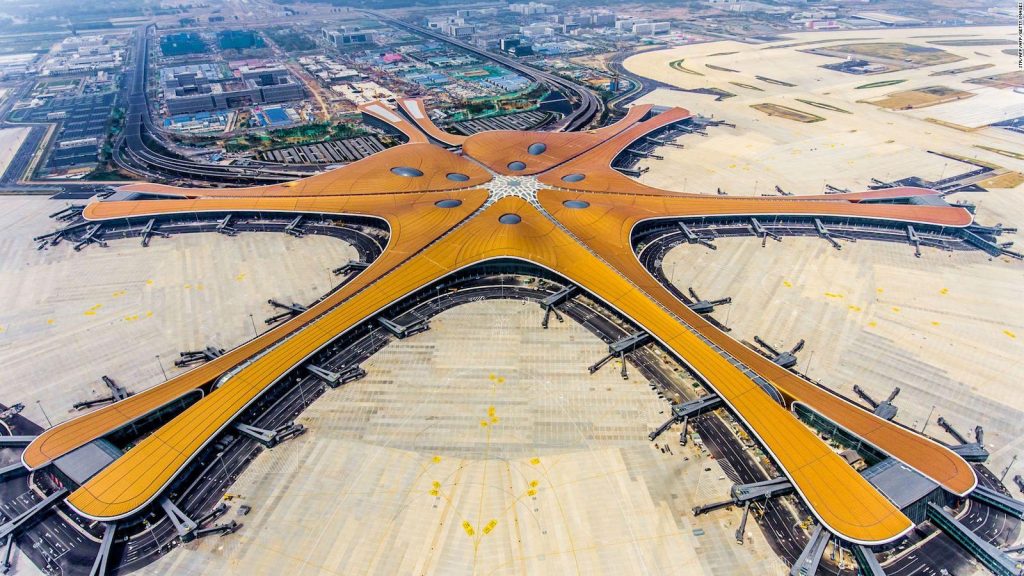
Beijing Daxing Airport, being 6th on the list of the biggest airports in the world terms of its area size, crowns itself as the biggest single-building airport in the world.
The airport was opened in 2019 and has become the main aviation hub for three major Chinese airlines which are Air China, China Southern Airlines (ZNH), and China Eastern Airlines (CIAH) (CEA).
Daxing Airport has only one terminal.
However, the terminal is the largest single building terminal in the world, having five concourses and looking like a sky starfish that has four runways.
It is a large international airport located on the border of Beijing and Langfang, Hebei Province.
The airport is Beijing’s second international airport, after Beijing Capital International Airport.
It has been nicknamed the ‘starfish’.
It was completed on June 30th, 2019, and started activities on September 26th, 2019.
The capital city of the world’s second economy has the busiest airport in Asia and the second busiest airport in the world.
The airport holds 101 million passengers every year and serves 14 million more passengers compared to Tokyo International.
In preparation for the 2008 Olympics, the city of Beijing constructed a massive Terminal 3, one of the biggest in the world.
The airport is home to China’s Air which flies to more than one hundred and twenty destinations.
It is the latest addition to the list of supersized airports.
With the grand opening in September 2019, Beijing Daxing’s terminal building spans over 7.5 million square feet, with a total land area covering over 18 square miles.
It cost a staggering eleven billion dollars to build.
This airport is Beijing’s second international renounced and it’s expected to also become the world’s busiest, with a hundred million passengers passing through by 2040.
Its solar panels, waste heat recovery, and water management systems limit the environmental impact that such a big airport can make on the ecosystem in the area.
While its still early days for Beijing Daxing Airport, they have big plans for the future.
7. George Bush Intercontinental Airport (IAH) 40.5 sq km
Firstly named Houston Intercontinental Airport, the airport was opened in 1969.
The airport currently serves as the second-largest aviation hub for United Airlines.
George Bush Airport has five terminals.
Terminals A, B, C, D, and E serve both domestic and international operations with five runways.
It is located in Houston, Texas, United States, under class B airspace, serving the Greater Houston metropolitan area.
8. Shanghai Pudong International Airport (PVG) 39 .1 sq km
The airport began commercial services in 1999.
Shanghai Pudong Airport is a major aviation hub for Shanghai Airlines and China Eastern Airlines (CIAH) (CEA).
Pudong Airport has two major passenger terminals.
Terminal 1 and Terminal 2 operate domestic and international flights.
A third terminal has been planned since 2015, in addition to a satellite terminal and two more runways.
The airport currently has four runways.
Shanghai Pudong International Airport is one of the two international airports in Shanghai and a major aviation hub of East Asia.
Pudong Airport mainly serves international flights while the city’s other major airport Shanghai Hongqiao International Airport mainly serves domestic and regional flights in East Asia.
Located about thirty kilometers (19 mi) east of the city center, Pudong Airport occupies a 40 square kilometer (10,000 acres) site adjacent to the coastline in eastern Pudong.
The airport is operated by Shanghai Airport Authority.
The airport is the main hub for China Eastern Airlines and Shanghai Airlines, and a major international hub for Air China, as well as a secondary hub for China Southern Airlines.
It is also the hub for privately owned Juneyao Airlines and Spring Airlines, and an Asia Pacific cargo hub for FedEx, UPS, and DHL.
The DHL hub, which opened in July 2012, is reportedly the biggest express hub in Asia.
Pudong has an annual passenger traffic of seventy four million passengers.
9. Cairo International Airport (CAI) 36.3 sq km
Cairo International Airport started its activity in 1945.
Three major terminals serve both international and domestic flights.
In 2011, the new terminal called the Seasonal Flight Terminal (SFT) began operations.
The main purpose of the SFT Terminal was to ease operational strains on the existing terminals during pilgrim seasons. However, the airport has two runways.
It is the principal international airport of Cairo and the busiest airport in Egypt and serves as the primary hub for EgyptAir and Nile Air as well as several other airlines.
10. Suvarnabhumi International Airport (BKK) 32.4 sq km
Suvarnabhumi International Airport is the biggest international airport in the South East Asia region.
Having opened Thai Airways, Thai Smile, Bangkok Airways, and Thai Vietjet Suvarnabhumi have three main terminals.
Terminal 1 and Terminal 2 handle international flights, while Terminal 3 serves only domestic operations.
The airport has two parallel runways.
It is also known unofficially as Bangkok Airport is one of two international airports serving Bangkok, Thailand.
The other one is Don Mueang International Airport, which was the main international airport from 1926 to 006 and transitioned in 2007 to become a low-cost airline hub for Bangkok.
Source: thingstoknow.com.ng





